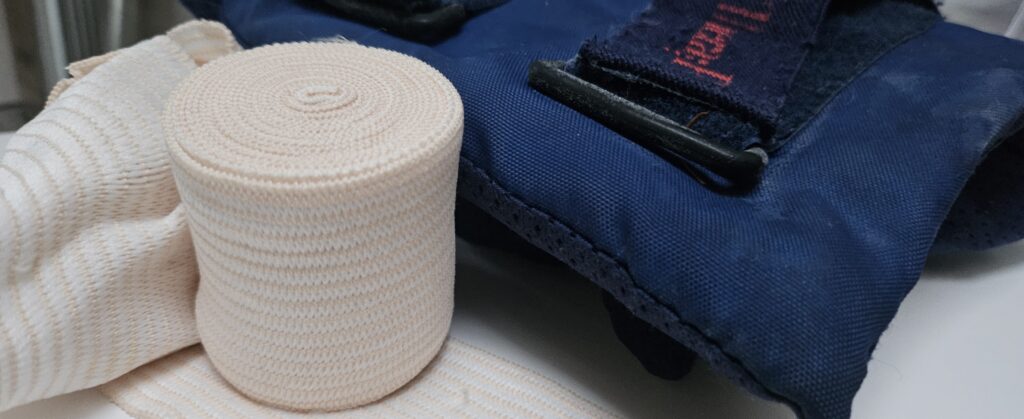
Learning how to recover after an injury is just as important as learning how to train. When we are young, we tend to trust that the body will heal itself over time, and it is true to a certain extent. However, it is usually not up to 100%. When the body heals up to around 80%-90%, your brain may feel that it is good enough because you don’t feel the pain all the time—often only a single spot versus a whole area, a very specific angle versus hurting most of the time, only when you put pressure on it, or only when it rains. The result is the same: your body is left compromised at 80%. Then, over time, as your body ages or if you reinjure the same area, an 80% heal from a starting point of only 80% will leave you at 64% functionality.
You may ask what is that last 20% that one loses? Because of the scar tissue, you may lose mobility which in turn affect your range of motion and mechanics. You may feel weak when you perform certain function. Lack of strength often exposes you to balance issues and mechanical problems. You may start to compensate for that weakness using some other body parts and potentially causing secondary fatigue and pain.
The following is not intended to be exhaustive, and it does not replace advice from a doctor or therapist. It simply provides a complementary perspective and highlights some key points.
- Do NOT engage in vigorous rubbing of severe bruises within the first 24-48 hours. Instead, apply ice -Avoid vigorous rubbing of severe bruises within the first 24-48 hours. Think of bruises like burst pipes; applying ice stabilizes the vessels, similar to reducing water flow to facilitate appropriate repairs. For any injuries, the best approach in the first 24 hours is still the RICE method (Rest, Ice, Compression and Elevation) unless the doctor/physio tell you otherwise for that specific instance.
- Avoid intense self-massage over muscle layers, and refrain from applying excessive pressure to your lower back, as it may not be beneficial – muscles are not arranged side by side where you have access to everything from top; they are layered over each other. Intense massage by a non-professional can damage the upper layer without really addressing the deeper layer tissues. The method we teach in Martial Gym is to find the “sore spot” and then move the body so that muscle layers have to move. This movement allows much better access to the deeper level muscles / nerves without damaging the top layers.
- Exercise and activate weakened muscles – relevant stretching and strengthening help with healing. This is a physio’s area of expertise. However, often because of the time and cost involved, people stop seeing the therapist or stop doing the prescribed exercises too soon. You have to persevere and continue with the prescribed exercises beyond for a bit longer so that the area can completely heal.
- Differentiate between the sensation of “good hurt” and “bad hurt” – Distinguish between “good hurt” and “bad hurt” especially during exercises like stretching and strengthening. You expect discomfort or some level of pain when you first get back to using the injured muscles. Make sure you do everything slow and mindful to get the maximum benefit from each of the exercises. Do pay attention to the intended muscles; a shooting pain may indicate nerve pinching, while a stretchy feeling on the target muscle is likely a positive sensation. Memorize how it felt is important because it provides a reference baseline as to how it feels in normal state versus when something is off.
- Enhance blood circulation to facilitate the recovery process – Promote blood circulation to facilitate the recovery process. Blood flow acts as a vehicle, carrying away dead or inflammatory cells for disposal, and delivering essential nutrients to support healing. Using “hot and cold treatment” is quite effective in enhancing blood circulation.
- If there is no improvements after a week, do seek professional help – It’s crucial to obtain a visual assessment like an X-ray for accurate diagnosis and treatment, especially after an injury or fall and you have severe pain or when you hit your head or land vertically on your tailbone. Even if you choose not to go to the emergency initially but if the pain is not going away or even getting worse after 2-3 days, make sure you seek professional help. You have already paid medical insurance, do use it when you need it!
Note: These guidelines are not exhaustive, and for comprehensive advice, consult with a healthcare professional or therapist.
